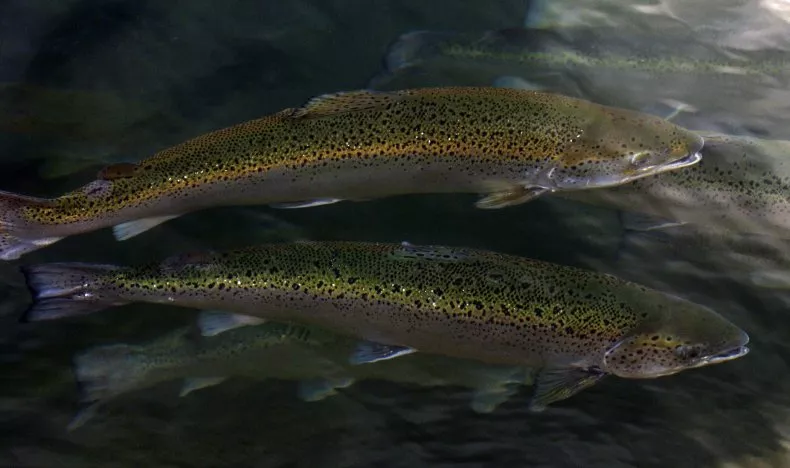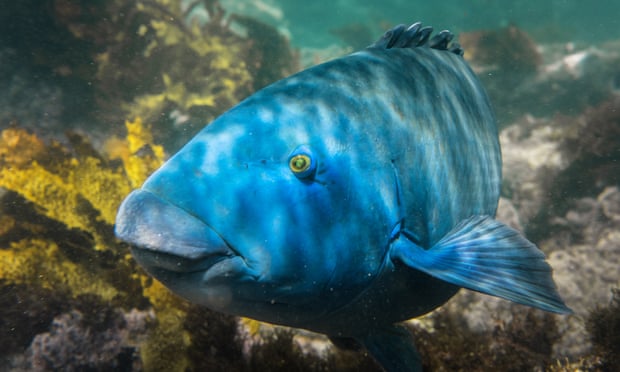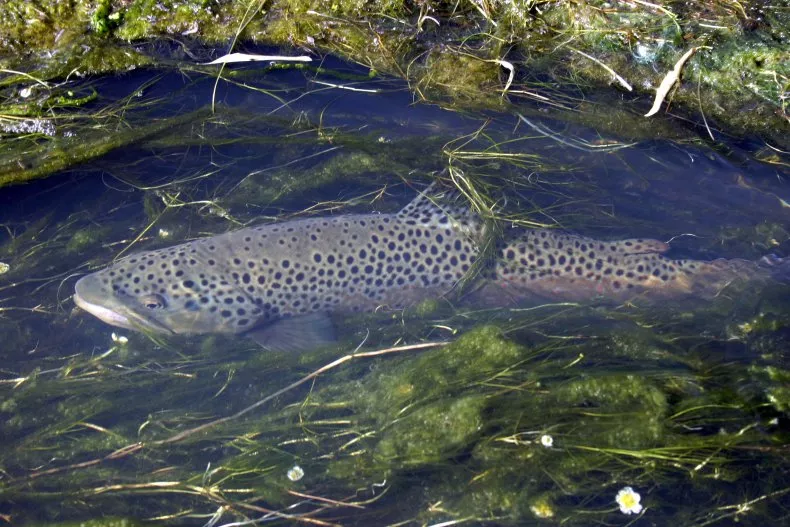They’re Australia’s own underwater punks in leopard print.
Spotted handfish are an endangered species of fish that prefer to “walk” instead of swim, thanks to their unusual pectoral and pelvic fins; have a fluffy dorsal fin on their head that looks almost like a mohawk; and live in the waters off south-east Tasmania.
Now CSIRO scientists have sequenced the first full genome of the critically endangered species, a step that could aid monitoring, captive breeding and conservation efforts.
Dr Tom Walsh, co-lead of CSIRO’s applied genomics initiative, said the genome was like a “blueprint” for the handfish, providing a better understanding of the species.
“What we don’t want is for all our endangered species to only exist as genomes,” he said. “The conservation has to happen on the ground. What the genome can do is provide more information to those people making those decisions.”
Fewer than 2,000 individual spotted handfish remain in the wild. Walsh said the genome could help scientists monitor its presence using sophisticated methods such as eDNA (environmental DNA) – testing water samples for DNA that matches a reference – that support other traditional approaches, such as surveys involving scuba divers.

The CSIRO initiative has produced genomes for a host of rare species, including night parrots, but the chance to produce a handfish blueprint arose opportunistically, Walsh said. When a spotted handfish died in Tasmania, it was preserved, frozen and shipped to CSIRO in Canberra where its raw data – DNA – was extracted.
CSIRO scientists have been watching the species since 1997, observing nine localised populations in the Derwent Estuary.
The principal investigator Carlie Devine, who specialises in spotted handfish conservation, said the genome’s “rich genetic information” would inform long-term management strategy.
A multidisciplinary approach – with genetics alongside ecology – was “essential for effective conservation of threatened species”, Devine said.
Dr Jemina Stuart-Smith, who researches handfish at the University of Tasmania’s Institute for Marine and Antarctic Studies and was not involved in the genome sequencing work, said it could inform understanding of genetic diversity, as well as captive breeding and translocation.
“This information can also feed into identification of adaptive traits including disease resistance, and can therefore be extremely beneficial in guiding these breeding programs,” she said.

Stuart-Smith said many species of handfish were endangered due to their small size, low reproductive capacity, limited range and fragmented populations and habitats.
Conservation efforts remained largely focused on two species of handfish, she said: the spotted handfish and the red handfish.
Though these species are the most well-studied, Stuart-Smith said many questions about their breeding, biology and general ecology remained.
Walsh noted it was still early days but the reference genome data was now available to handfish researchers: “It really is the plan, the blueprint of the organism that allows all sorts of different work to be done.”
This article by Petra Stock was first published by The Guardian on 14 October 2024. Lead Image: Genome of Australian spotted handfish mapped for the first time – video.
What you can do
Help to save wildlife by donating as little as $1 – It only takes a minute.






Leave a Reply